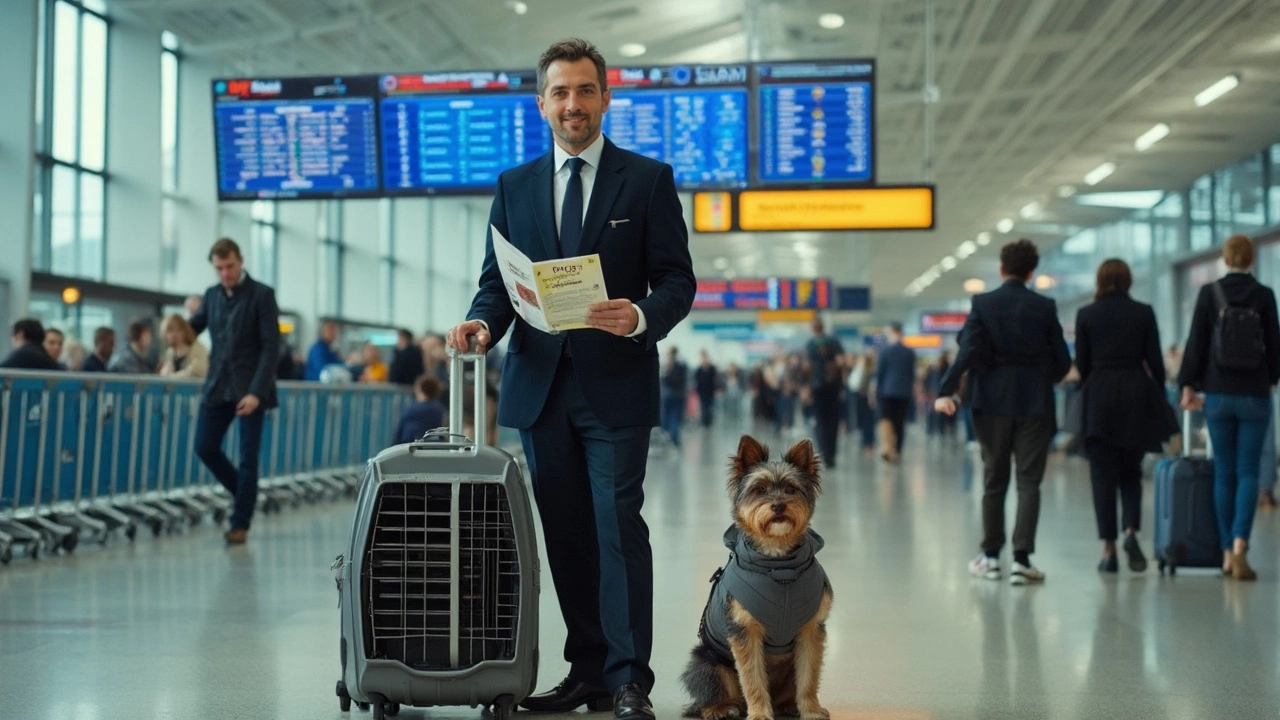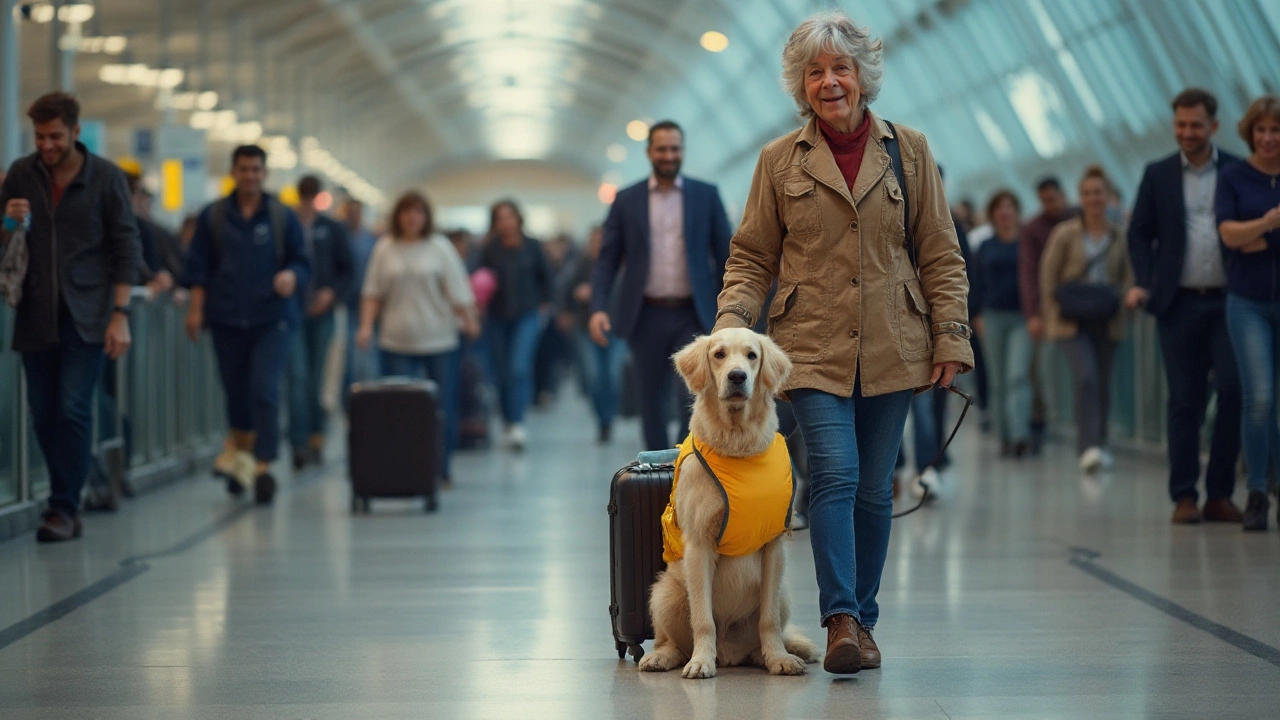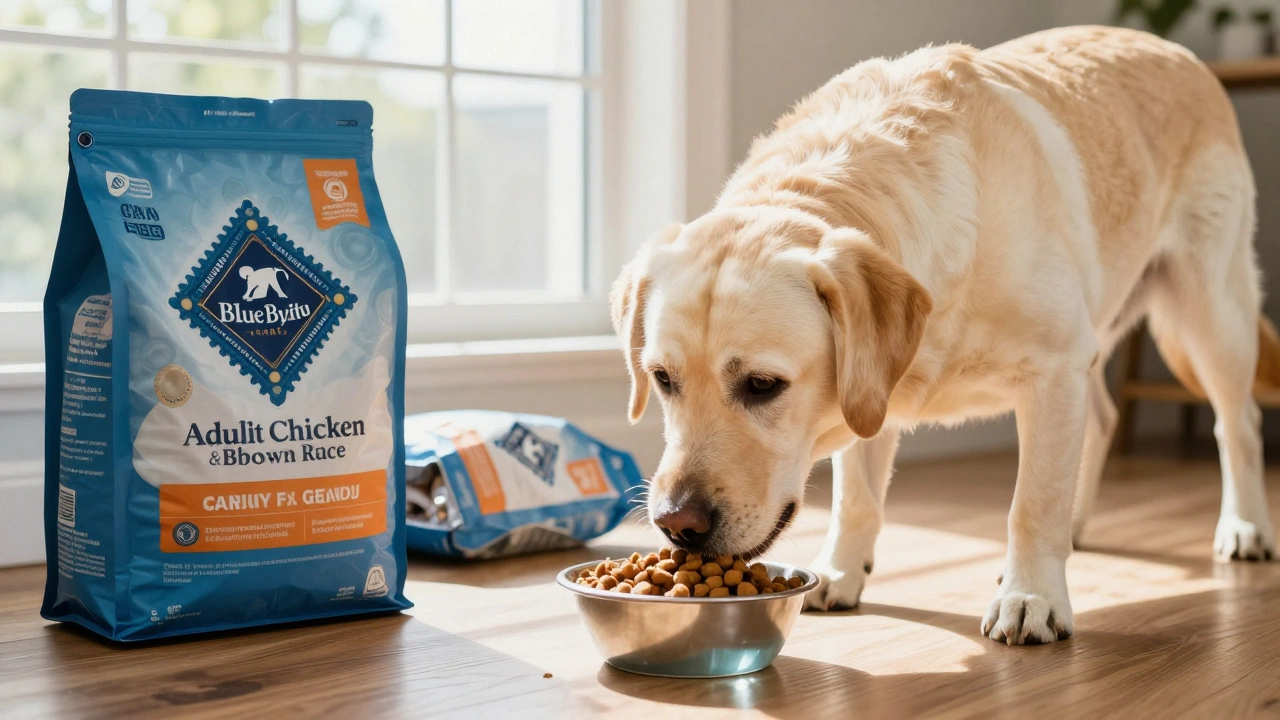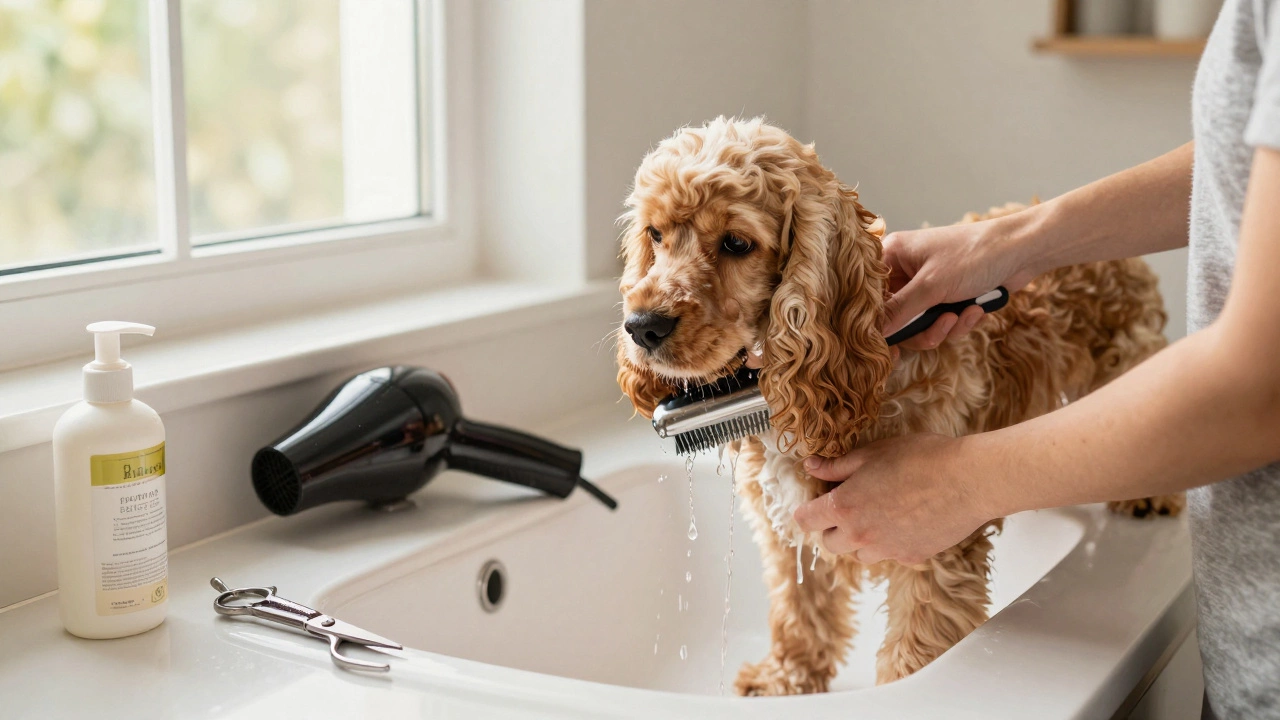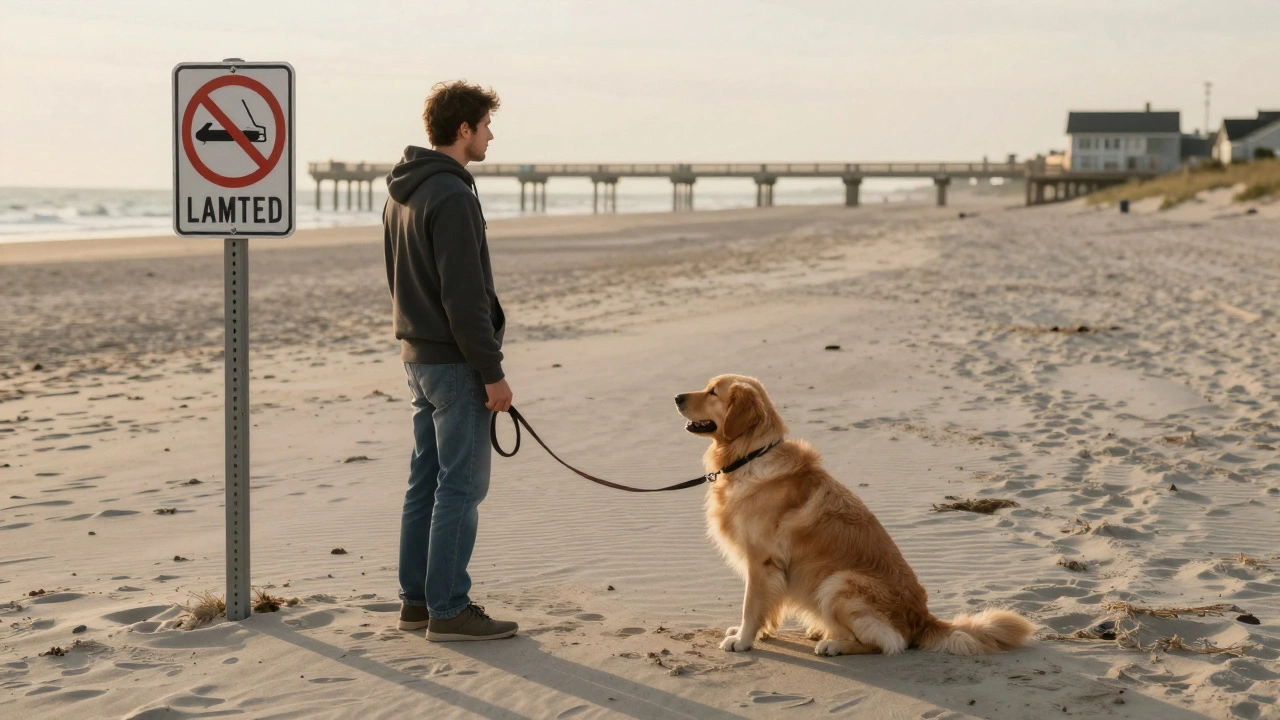The sticker shock can be real when you realize flying with your dog often costs as much—or more—than your own ticket. Every airline handles pet travel differently, but none of them let you bring your furry buddy for free, unless it’s a trained service dog. Most people flying with a dog will pay anywhere from $95 to $500 one way, depending on airline policies and whether your pup travels in the cabin or cargo.
That’s just the airline fee. If you haven’t looked at the rules before, brace yourself: airlines have strict requirements about carrier size, dog weight, and paperwork. Each of those can add to your bill quickly. If your dog’s too big for the cabin, suddenly you’re looking at even higher cargo rates—which sometimes climb past $1,000 for long-haul flights. And don’t forget, there are extra costs nobody thinks about at first, like health certificates, microchips, and special travel crates that meet airline standards.
If you want to avoid nasty surprises at the airport or extra charges that seem to come out of nowhere, it pays to learn exactly what you’ll be charged and how to prep your dog for the trip without breaking the bank.
- Standard Airline Fees for Flying With Dogs
- How Size and Weight Impact the Price
- Extra Costs to Watch Out For
- Choosing Between Cabin and Cargo
- Tips for Saving Money When Flying With Your Dog
Standard Airline Fees for Flying With Dogs
Airline fees for bringing a dog on a flight aren’t just one-size-fits-all. The amount you’ll pay depends a lot on the airline, where your dog sits (in-cabin vs. cargo), and your route. Spoiler alert: domestic flights are usually cheaper, international or long-haul flights can be a wallet-buster.
For most U.S. carriers, the fee for a small dog in the cabin falls between $95 and $200 each way. Here’s where things get tricky: that price bumps up fast for international routes or if your pup flies as cargo. Airlines like American and United charge up to $500 each way for cargo—and that’s just the airline’s bill, not including anything extra.
Here’s a quick snapshot of actual fees (as of June 2025):
| Airline | Cabin Fee (One-way) | Cargo Fee (One-way) |
|---|---|---|
| Delta | $125 | $295 to $995 |
| American | $125 | $200 to $500+ |
| United | $125 | $250 to $650+ |
| Southwest | $95 | Not offered |
| JetBlue | $125 | Not offered |
| Lufthansa | €60 to €110 | €150 to €400 |
Keep in mind, some budget airlines like Southwest and JetBlue don’t do cargo at all, so if your dog’s bigger than cabin-size (usually up to about 20 pounds including the carrier), you’ll have to look elsewhere.
- Low-cost carriers usually don’t allow pets as checked baggage or in cargo.
- Each airline limits how many pet spots are available per flight. These can sell out fast.
- You always pay the cost to fly with a dog per direction, plus your own ticket.
- Pet fees aren’t refundable, even if your plans change.
The bottom line: airline pet fees are set in stone and airlines don’t waive them just because your dog is a “good boy.” Budget both ways, and double-check the airline’s pet policy before you book—rules and prices change a lot, and fast.
How Size and Weight Impact the Price
This is where things get real: airlines don’t just give a flat rate to every dog. The size and weight of your pup can swing the price of their flight by hundreds of dollars. Here's the main thing—the smaller your dog, the cheaper your trip. Most airlines only let dogs under 20 pounds (including the carrier) fly in the cabin. That way, your dog stays under the seat in front of you as a carry-on. Cabin pet fees usually run $95 to $200 each way.
But what if your dog is bigger? Dogs weighing more—or those who don’t fit into a standard under-seat carrier—have to fly as checked baggage or cargo. Here’s where the costs jump. Checked pet fees for medium-sized dogs are often $200 to $400 on big U.S. carriers. Full-on cargo for large dogs can go from $400 up to $1,500 depending on the airline, distance, and even the season—summer flights are sometimes pricier because of temperature restrictions.
You’ll want to look at airline charts before booking. For example, American Airlines only takes dogs up to 100 pounds (including crate) as cargo, and JetBlue won’t accept any dog over 20 pounds in the cabin, period. International flights get trickier, with some countries banning cabin pets altogether. Always check the weight policies first.
- Cabin travel: Most airlines max out at 15-20 lbs (dog plus carrier), $95-$200 fee.
- In-cargo travel: Price jumps to anywhere between $200 and $1500+ depending on size and crate.
- Bigger crate? Extra price. Some carriers add another $100+ if the crate is above standard dimensions.
Bottom line: the cost to fly with a dog really depends on whether your pup can pass for a small bag, or if they need their own ticket—and then some. Always weigh your dog with the carrier before you book, or you risk surprise fees at the airport. If you’re close to a weight limit, double-check with the airline by phone, because every extra pound can cost you.
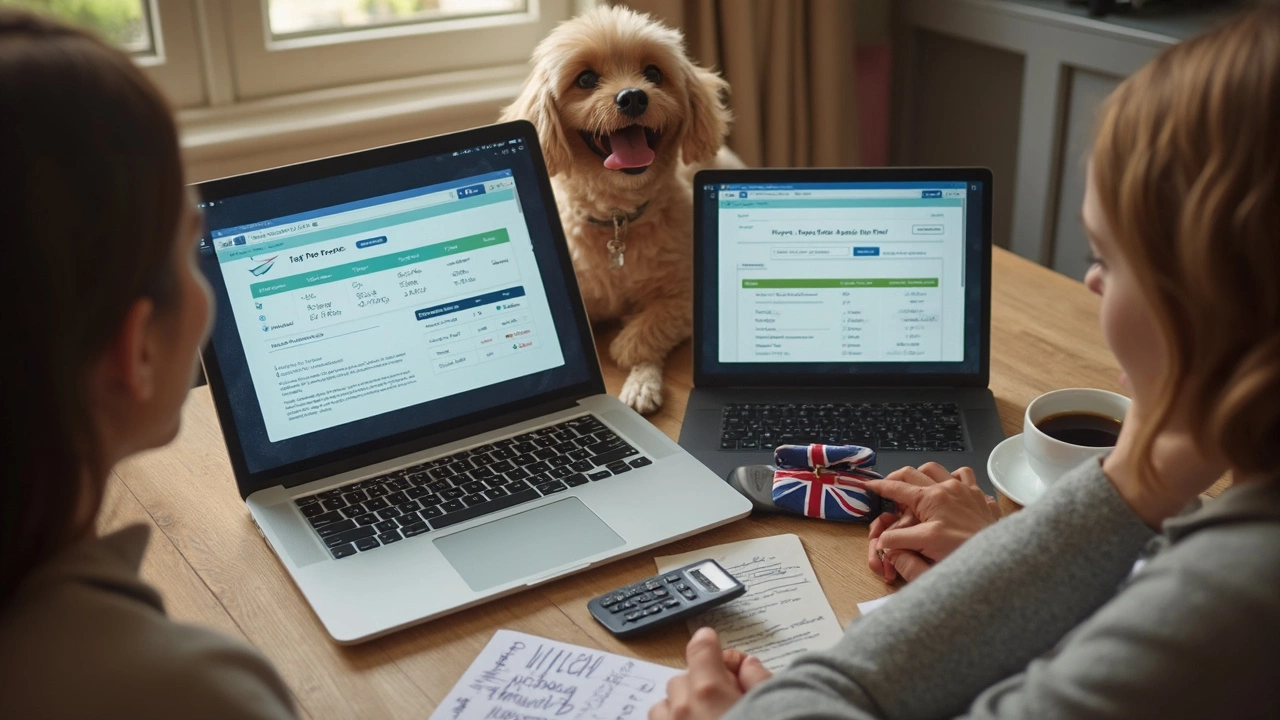
Extra Costs to Watch Out For
If you think the airline pet fee covers everything, guess again. There are a bunch of extra charges people run into when they fly with their dog—some are obvious, some really blindside you at the last minute. Knowing these ahead of time can save you a ton of hassle and money.
First up, airlines almost always require a recent health certificate from your vet—usually within 10 days of your flight. That can cost between $45 and $200, depending on where you live and whether your vet includes any extra checks. For international flights, rules get way stricter: you might need specific vaccines, blood tests, and sometimes official government paperwork. Oh, and having a microchip is pretty much required now when flying to countries like the UK or Australia.
- Cost to fly with a dog goes up if you need an airline-approved carrier. These aren’t cheap: basic soft-sided carriers for cabin travel start around $35, but heavy-duty crates needed for the cargo hold often run between $100 and $400. Airlines won’t budge on crate requirements, so you can’t really cut corners here.
- If you have a stopover or a long layover, some airports charge a handling or pet relief fee. Not every airport does this, but big ones like Frankfurt and JFK have been known to ask for $50 to $150.
- Some airlines tack on extra fees if your dog and carrier go even an ounce over the weight limit. It’s not just the dog’s weight—it’s the whole package. Suddenly you’re stuck with an overweight fee that can hit $100 on the spot.
- Dig into your destination’s rules. Some places require you to use a pet transport broker, especially for cargo. Their fees can reach $300 or more.
If you’re flying internationally, keep emergency costs in mind. Unplanned overnight stays or quarantine charges if there’s an issue with your paperwork can really mess up your budget. Here’s a table showing the average extras people pay when flying with their pup:
| Expense Type | Cost Range (USD) |
|---|---|
| Health Certificate | $45 – $200 |
| Carrier/Crate | $35 – $400 |
| Airport Pet Relief/Handling | $0 – $150 |
| Overweight or Oversize Fees | $50 – $100 |
| Pet Transport Broker (if needed) | $150 – $500 |
| Microchip + Additional Vaccines | $40 – $120 |
| Quarantine (if paperwork issues) | $100 – $500 per day |
Bottom line: all these extras add up fast. Before you book, run the numbers and double-check every rule for your specific airline and destination.
Choosing Between Cabin and Cargo
If your dog is small enough to fit under the seat, flying in the cabin is usually the easiest and cheapest way. Most major US airlines—like Delta, American, and United—let dogs under about 20 pounds (including the carrier) ride with you in the cabin. You’ll need to bring an airline-approved soft carrier, and they’ll charge you a pet fee, which is typically around $95 to $125 each way. Usually, only one pet is allowed per passenger in the cabin, and you have to book early because spots fill up fast.
Bigger dogs don’t have as many options. Airlines won’t let larger pups fly in the cabin, so you’ll have to check them as cargo. This is a different process, with more paperwork, stricter rules, and much bigger bills. Fees for cargo can start at $200, but it’s not uncommon for the total to reach $600 to $1,200 for big breeds or long flights. Airlines like Alaska, Air Canada, and Lufthansa are known for handling pets well in cargo, but not all airlines offer this service—some, like Southwest, only allow pets in the cabin.
Safety is a factor people worry about, and yeah, there’s reason to be cautious. The US Department of Transportation actually tracks animal incidents during pet travel, and while most trips are fine, accidents do happen in cargo holds—especially if it’s too hot or too cold, or if your dog gets stressed. Brachycephalic breeds (think bulldogs or pugs) often aren’t allowed in cargo because they’re at risk. Always check each airline’s pet policy before you book to see what’s allowed and what’s not.
If you’re deciding between cabin and cargo, here’s what to consider:
- Cost to fly with a dog—Cabin is usually cheaper than cargo, sometimes by hundreds of dollars.
- Pet size and breed—Only small breeds fit in-cabin. Check breed restrictions for cargo.
- Temperature and season—Some airlines stop all cargo pet travel in hot or very cold months.
- Direct flights—More stops mean more risk if your dog is in cargo. Nonstop is best.
- Your dog’s health and stress level—Nervous or older dogs may not handle cargo well.
If you can swing the cabin, it’s almost always the better, less stressful pick. But for big dogs, cargo might be the only option unless you’re up for a long drive or shelling out for a private pet charter flight—which, by the way, usually costs several thousand dollars.
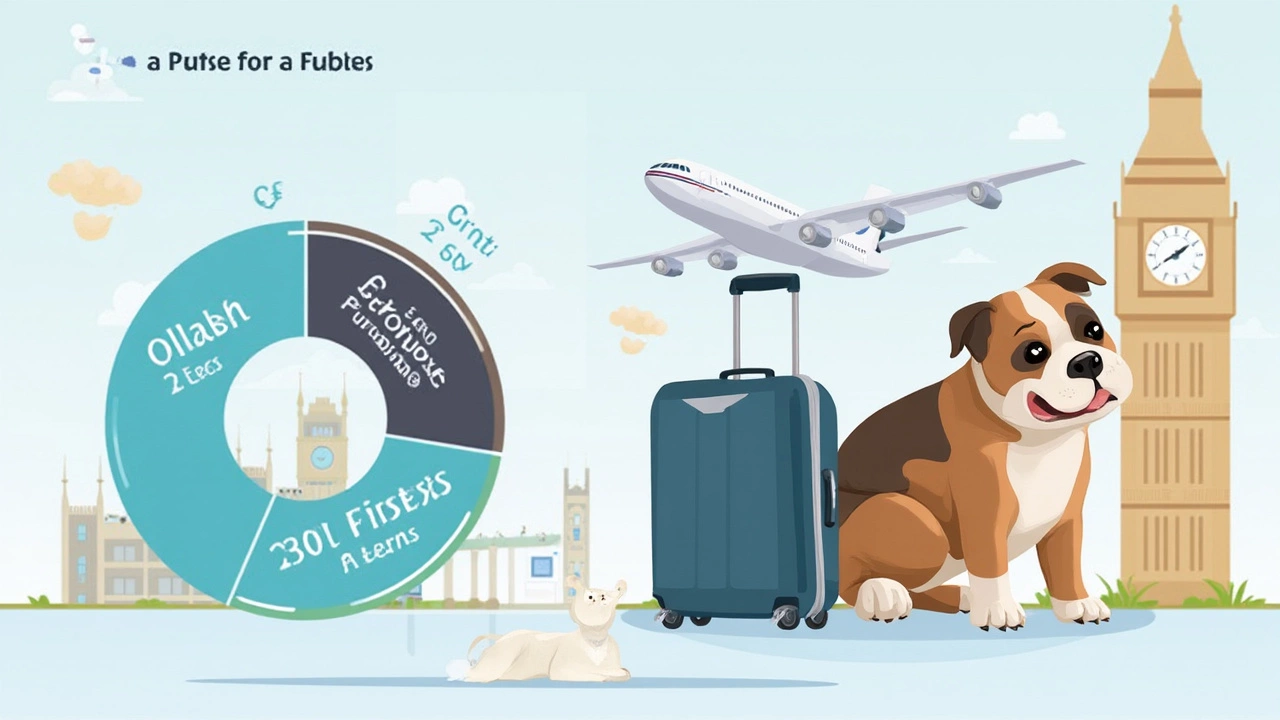
Tips for Saving Money When Flying With Your Dog
Let’s face it: flying with your dog isn’t cheap, but you can avoid draining your wallet if you know the right tricks. The key is to plan early and keep an eye on the details that make the biggest difference. Here’s how you can shave down expenses without cutting corners on your dog’s safety or comfort.
- Book early: Many airlines only allow a limited number of dogs per flight. The sooner you reserve your spot, the better chance you have at paying the lower fees. Some airlines even raise pet fees as the flight fills up.
- Stick to one airline if possible: Frequent-flyer perks can actually help. Delta, Alaska Airlines, and Southwest sometimes offer points or discounts if you’ve got status or a travel credit card with them.
- Use the right size crate: Don’t get talked into buying the most expensive carrier at the last minute. Check the airline’s rules for carrier measurements, and look for sales online or gently used options in pet groups. Just make sure it’s airline-approved.
- Weigh your dog before booking: Extra pounds can put you into the cargo category, which costs a lot more. If your dog’s near the limit, ask about less bulky harnesses, or see your vet about safe weight management months before travel.
- Bundle health requirements: Vets often charge less if they can do exams, vaccines, and paperwork in one visit. Ask for a package price upfront and shop around if prices seem high.
- Fly direct if possible: Every layover usually means extra stress for your dog and extra fees for you. Direct flights can also lower the risk of something going wrong with checked pets.
- Shop around: Some airlines (like Alaska) have flat, lower fees compared to others. Double-check your options before locking one in.
To see how much you might really save, check out these real 2025 cabin pet fees side-by-side. Notice how some big-name airlines differ by more than $100 for the same route:
| Airline | In-Cabin Dog Fee (One Way, Domestic) |
|---|---|
| Delta | $125 |
| United | $125 |
| Alaska | $100 |
| American Airlines | $150 |
| Southwest | $95 |
If you want the cost to fly with a dog as low as possible, do yourself a favor: double-check each step, prep early, and don’t be shy about calling the airline to ask for details on their policy. A little planning can save huge bucks and keep your trip stress-free.

